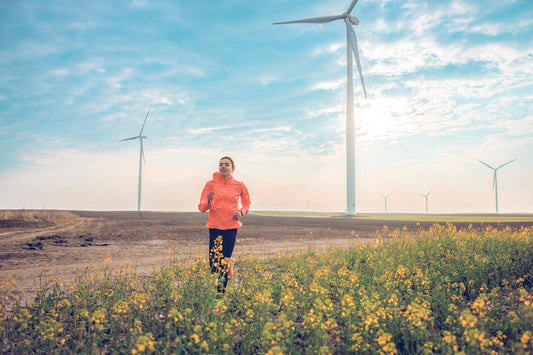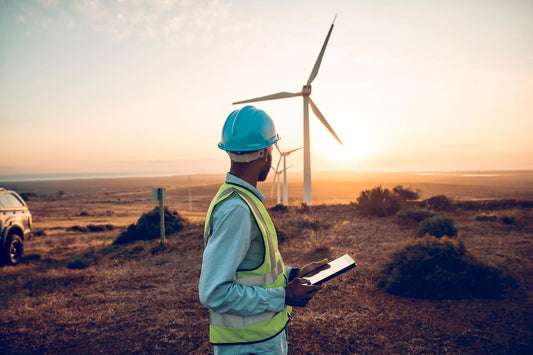Wind turbines have become a familiar sight on landscapes around the globe, silently harnessing the wind's power. But the story doesn't end there. The wind energy industry is constantly pushing boundaries, with innovative technologies poised to revolutionize wind turbine design and operation. This article delves into the exciting future of wind turbine technology, taking you beyond the blades.
Scaling New Heights: Taller Towers and Larger Blades
One trend is the development of taller towers and larger blades. Taller towers allow turbines to capture stronger, more consistent winds at higher altitudes, leading to increased energy production. Larger blades can sweep a greater area, capturing more wind energy with each rotation.
Advanced Materials: Lighter, Stronger, and More Efficient
The future of wind turbines embraces advanced materials. Lighter yet stronger composite materials for blades can improve efficiency and reduce weight, allowing for even taller towers. Additionally, advancements in lubricants and coatings aim to minimize friction losses and enhance component durability.
Smarter Turbines: Harnessing the Power of Data
Wind turbines are becoming increasingly intelligent. Advanced sensors and data analytics play a key role in "smart" turbine technology. Real-time data on wind speed, turbine performance, and environmental conditions allows for:
- Predictive maintenance: Analyzing data to anticipate potential issues and schedule maintenance before breakdowns occur.
- Optimizing turbine operation: Adjusting blade pitch and generator settings for maximum efficiency based on real-time wind conditions.
- Improved grid integration: Smart turbines can better integrate with the power grid, smoothing out fluctuations in wind energy production.
Floating Turbines: Untapping Offshore Wind Potential
Offshore wind farms hold immense potential for harnessing stronger and more consistent winds. Floating wind turbine technology allows for turbine deployment in deeper waters where traditional fixed-bottom foundations are not feasible. These innovative designs involve buoyant structures that support the turbine and anchor it to the seabed.
Vertical Axis Wind Turbines (VAWTs): A Different Approach
While Horizontal Axis Wind Turbines (HAWTs) dominate the landscape, Vertical Axis Wind Turbines (VAWTs) are gaining traction. These turbines have a vertical rotor that spins about a vertical axis, offering potential advantages like:
- Omnidirectional operation: VAWTs can capture wind from any direction, eliminating the need to constantly adjust the turbine's position.
- Reduced visual impact: Their smaller footprint and lower profile might make them more suitable for certain onshore locations.
Hybrid Wind Systems: Combining Technologies for Enhanced Efficiency
The future may see wind turbines integrated with other renewable energy sources like solar panels. Hybrid wind-solar systems leverage the complementary nature of these technologies. Solar panels can generate electricity during the day, while wind turbines take over when the wind picks up. This approach can provide a more consistent and reliable source of clean energy.
The wind energy industry is brimming with innovation. From taller towers and smarter turbines to floating installations and hybrid systems, the future of wind turbine technology holds immense promise. These advancements will not only enhance energy production but also contribute to a cleaner and more sustainable future.




